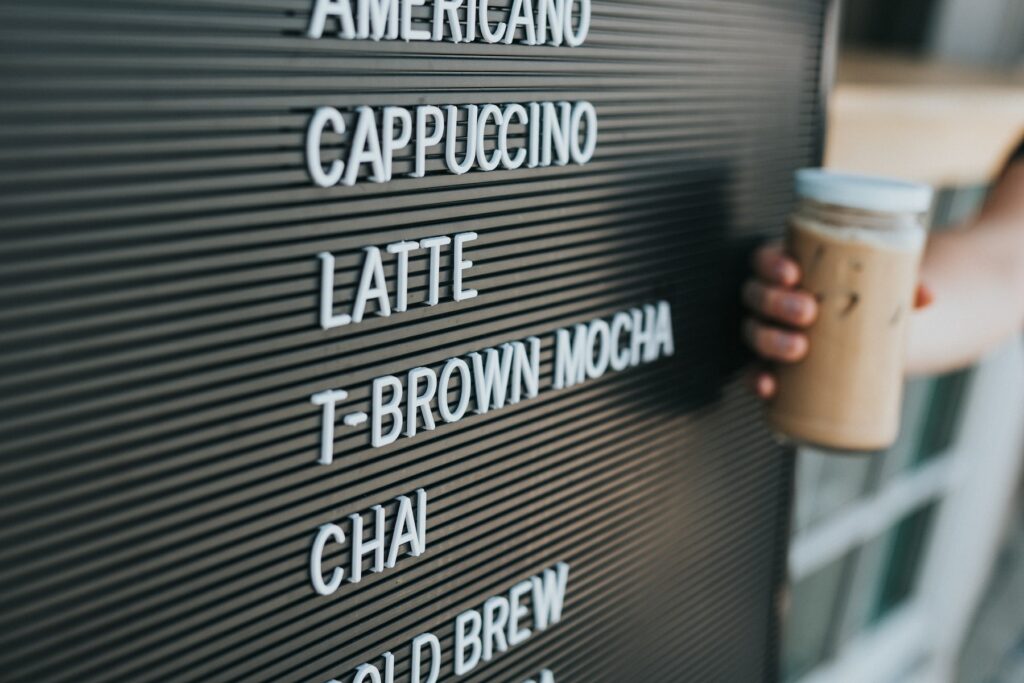![The ‘Giveaway Piggy Back Scam’ In Full Swing [2022]](https://www.cjco.com.au/wp-content/uploads/pexels-nataliya-vaitkevich-7172791-1-scaled-2-683x1024.jpg)

Boosting User Engagement: Effective Strategies to Halt Unintended Closure of Nested Menus

As Seen On
Nested menus, while convenient, can sometimes cause disruptions by inadvertently closing when users interact with them. Addressing this area of user experience can significantly enhance the overall user interface, especially when it comes to menu items within applications. One key strategy to address this issue revolves around a unique feature of the Scalable Vector Graphics (SVG) element, the React JavaScript library’s SafeArea component, and some inherent understanding of the hover effect between menu levels.
Hovering is an essential component of interacting with menus, especially nested ones. It allows users to access submenus with relative ease without resorting to multiple clicks. However, this very paradigm gives rise to the “vanishing menu” issue where the hovered submenu disappears when hovering between menu items. Therefore, the key lies in ensuring the user interface accommodates this crucial hover time and keeps nested menus open longer.
An effective way of addressing this issue is through the ingenious use of SVG. The SVG element can create a ‘desired path’ for the user’s pointer by maintaining the nested menu’s open state as long as the pointer hovers over it. This desired path, often visually delineated as a “Safe Area”, aims to retain the nested menu’s visibility, even when the cursor is moving between different menu items.
Creating this Safe Area entails using the versatile React JavaScript library to set up a component that handles SVG markup. This SafeArea component represents a crucial step in refining the menu UX by preventing unexpected closures.
An essential part of this solution is the use of mouse listeners like onmousemove. This function plays a crucial role in updating the “Safe Triangle” and properly positioning it, essentially providing a buffer between different menu items. By linking this functionality with the React hook, namely useMousePosition in the ‘useMousePosition.tsx’ file, the process becomes seamless and elevates the overall user experience.
The significance of this path becomes crystal clear when put into the context of the SVG’s sole path element – the Safe Triangle. Here lies the crux of the matter! The CSS property pointer-events, when associated with this path, holds the answer to the irritating accidental closure of nested menus.
Understanding the Safe Triangle path is vital. When broken down and analyzed, it becomes clear how this clever contraption works to significantly upgrade the pointer’s pathway, preventing unwanted menu disappearances.
In the realm of web design, enhancing user experience is a continuous journey. While nested menus have historically plagued users with unintentional closures, innovative strategies like the Safe Area component in React and SVG usage present potent solutions. By understanding the nuances of hover behavior and implementing intelligent design elements, developers can prevent menus from closing inadvertently, creating smoother and more interactive experiences for users.
Remember, in the digital landscape, the user experience is paramount. A smooth, functional, and intuitive interface can extensively enhance the usability and appeal of an application, fostering better user engagement. It’s time to put these strategies to work and revolutionize digital menu interaction!
Casey Jones
Up until working with Casey, we had only had poor to mediocre experiences outsourcing work to agencies. Casey & the team at CJ&CO are the exception to the rule.
Communication was beyond great, his understanding of our vision was phenomenal, and instead of needing babysitting like the other agencies we worked with, he was not only completely dependable but also gave us sound suggestions on how to get better results, at the risk of us not needing him for the initial job we requested (absolute gem).
This has truly been the first time we worked with someone outside of our business that quickly grasped our vision, and that I could completely forget about and would still deliver above expectations.
I honestly can't wait to work in many more projects together!
Disclaimer
*The information this blog provides is for general informational purposes only and is not intended as financial or professional advice. The information may not reflect current developments and may be changed or updated without notice. Any opinions expressed on this blog are the author’s own and do not necessarily reflect the views of the author’s employer or any other organization. You should not act or rely on any information contained in this blog without first seeking the advice of a professional. No representation or warranty, express or implied, is made as to the accuracy or completeness of the information contained in this blog. The author and affiliated parties assume no liability for any errors or omissions.

